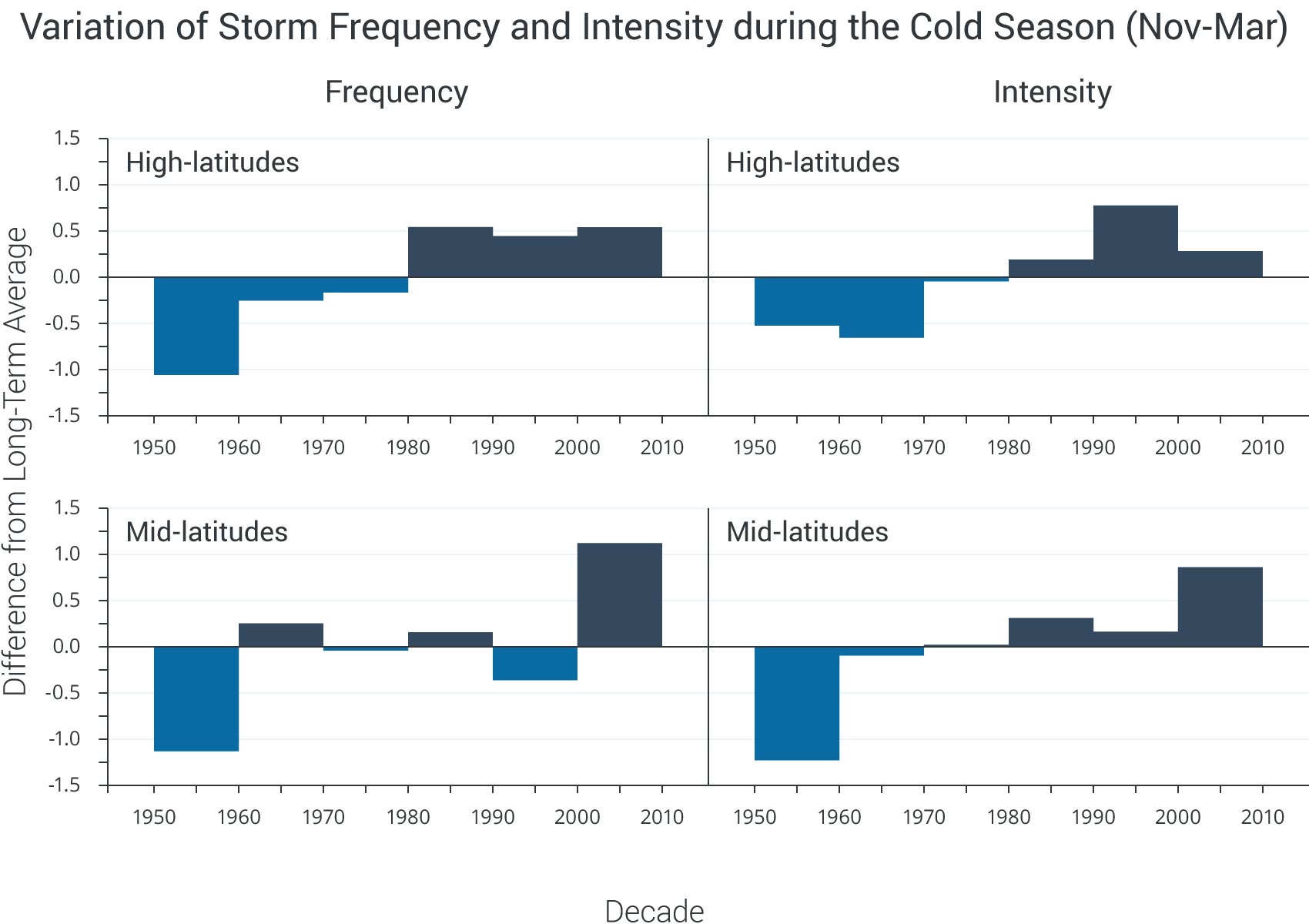Introduction
This chapter summarizes how climate is changing, why it is changing, and what is projected for the future. While the focus is on changes in the United States, the need to provide context sometimes requires a broader geographical perspective. Additional geographic detail is presented in the regional chapters of this report. Further details on the topics covered by this chapter are provided in the Climate Science Supplement and Frequently Asked Questions Appendices.
The chapter presents 12 key messages about our changing climate, together with supporting evidence for those messages. The discussion of each key message begins with a summary of recent variations or trends, followed by projections of the corresponding changes for the future.















